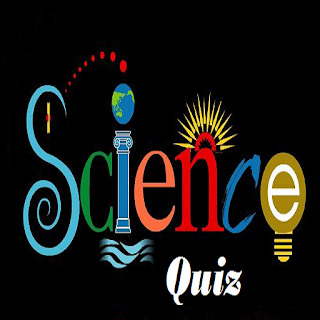FUTURE OF SPACE STATION HANGS IN UNCERTAINITY
With the new Russian space agency chief announcing to pull out of the International Space Station (ISS) project by 2024 on the ground of the Western sanctions against Russia due to its invasion of Ukraine, this has come as a disappointment for the scientific communities of the world as the space station is a platform for furthering the scientific pursuits of humanity, and not an arena for politicizing an event. Russia’s space agency already ran into controversy when it recently show-cased images of its cosmonauts onboard the ISS celebrating Moscow’s capture of the eastern Ukrainian region of Luhansk.
Since the end of the Cold War, the ISS has been a major avenue of cooperation between the West and Russia. The ISS was an international collaborative effort of 5 countries of the world namely USA (NASA), Russia (Roscosmos), Europe (European Space Agency), Japan (Japanese Aerospace Exploration Agency), and Canada (Canadian Space Agency). The station served as a space-based lab in which scientific research in various fields such as astrobiology, astronomy, meteorology and physics could be carried out in zero-gravity conditions which normally is not possible on Earth. The data will be used to test human endurance in space for long-duration stays that would ultimately pave the way for building permanent human colonies in space. As of 2010, the total cost of the project was 150 billion dollars.
If Russia does leave the project, this would, no doubt, seriously jeopardize the activity of the space station as the Russian side provides the crucial propulsion mechanism that keeps the platform afloat in orbit. Regular cargo and crew missions by Russia's Soyuz and Progress rockets supply the necessary fuel to the propulsion engines of the spacecraft that boost its height periodically to compensate for the height loss due to atmospheric air drag. Without these periodical boostings, the space station would dangerously spiral into the earth's atmosphere eventually burning out in the air. As the US side simply looks after the power and communication system of the space station, it seems unlikely the US and its partner nations would quickly find a solution to the vital propulsion system to keep the aging spacecraft get going in the event of a Russian withdrawal.
Nikunja Bihari Sahu
Education Officer
Regional Science Centre
Bhopal
To read the same article published in the daily Orissa Post, Please click the link given below:
http://odishapostepaper.com/m/174539/62e831330b8ac




Comments
Post a Comment